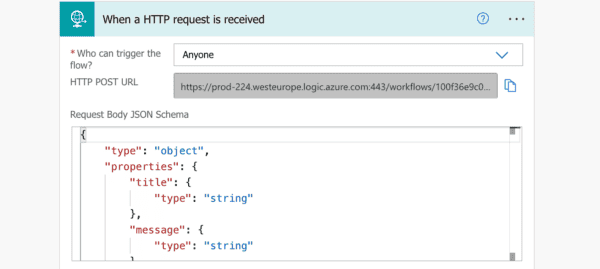With Microsoft Teams there are a number of ways to light up the telephony functionality and get call flows in/out.
Because I don’t purport to be as knowledgeable as some of my learned colleagues in the field, I’m not going to attempt to explain the technology and process behind it. So if you came here for PowerShell scripts or great visuals – stop reading now. What I am going to describe is the experience as an end customer who wants simple telephony in their environment.
As I explained in an earlier post, it is possible to use Microsoft Teams without the teamwork functionality. This effectively leaves the application in a state where it primarily offers chat, voice/video communications, meetings, and some apps. This is a simple first step for many, and an easy way to uplift from Skype for Business. Where the telephony aspect comes into it, is that it’s also a good way to migrate away from a legacy PABX environment. What I’m referring to is Direct Routing.
If your organisation doesn’t need complex telephony requirements beyond what Microsoft Teams can deliver ‘out of the box’, this is most likely the path you’ll want to pursue. It’s also a potential path if Microsoft does not offer its own calling capabilities in your country (you can see the full list here).
In order for Direct Routing to work you will need several things such as a SIP trunk provider, calling plan, Session Border Controller (this can be in Azure), and some knowledge of how to configure it all.
In my case, I have no desire for any of that so instead I opted for the Direct Routing as a Service model – where a service provider offers an end to end service and I sit back and wait for the phone to ring (literally). Locally in Australia I opted for CommsChoice who offer the ‘as a Service’ model that suits me.
The process as an end customer was very simple:

The entire process was completed in under two hours from start to finish (most of it was waiting time, and sometimes it may take longer due to propagation delays in DNS or the Microsoft environment).
As a bonus the provider was able to configure the service so that calls would appear to be from my mobile. Because my mobile number has been the only number people have had for a long time, I didn’t want to introduce a new “land line” for when I called them from Microsoft Teams. While I do have the Microsoft Teams mobile app installed, at the end of the day I still don’t want to have two different numbers people can reach me on.
About the Author:
Loryan Strant is a twenty year veteran of web and network technologies. He has spent the last decade and a half building digital relationships for businesses and organisations. Loryan blogs and writes articles about the cloud and co-authored two books on Office 365. He is also known by his previous social persona of “The Cloud Mouth”.
Loryan was also the founder of Paradyne (which was acquired late 2015), helping to deliver innovative solutions through the cloud and enabling businesses to reduce IT costs. He is passionate about enabling people and organisations using technology the right way, enabling them to become more productive.
Loryan is a Microsoft Office 365 MVP (Most Valuable Professional) 8 years running, an award created by Microsoft to recognise the best and brightest from technological communities around the world.
Reference:
Strant, L (2019). Enable calling in Microsoft Teams using Direct Routing as a Service. Available at:
https://www.loryanstrant.com/2019/05/29/enable-calling-in-microsoft-teams-using-direct-routing-as-a-service/











